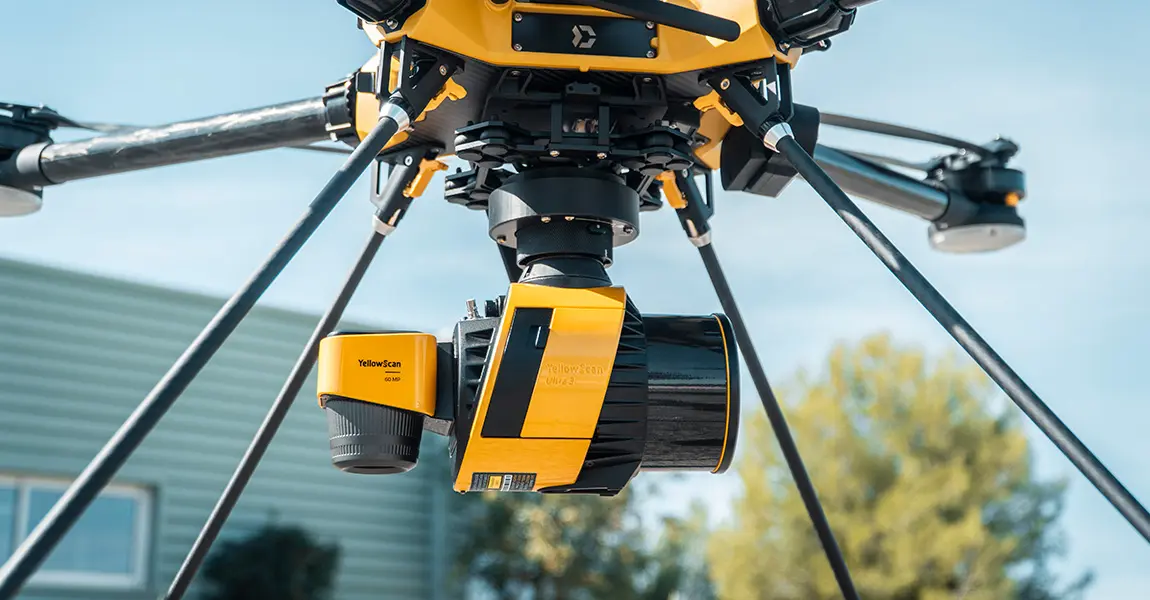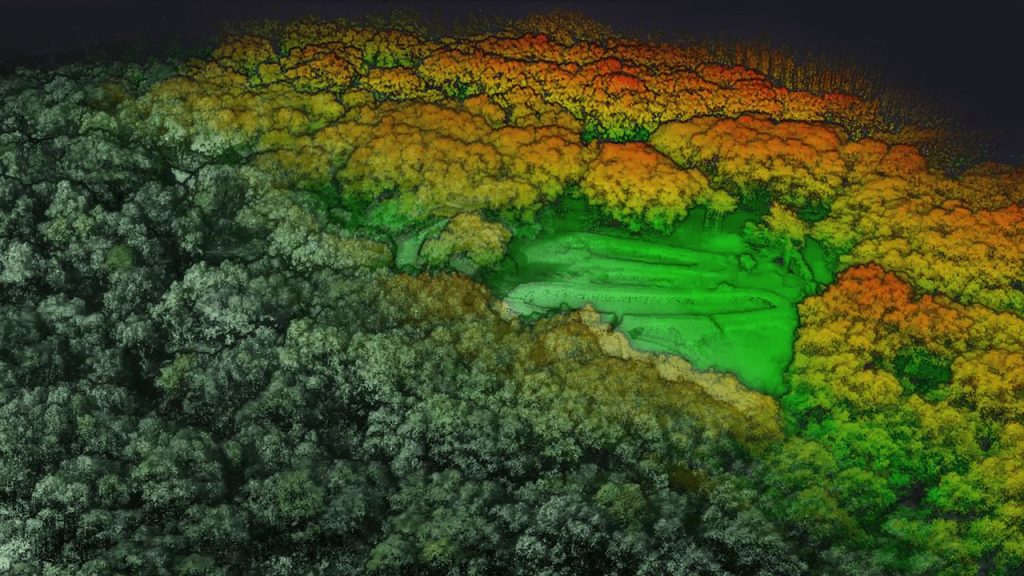LiDAR and Photogrammetry: A Detailed Comparison

When it comes to capturing point clouds, it’s not a matter of LiDAR vs photogrammetry, because both have their benefits and drawbacks.
It’s really about which method is most suitable for your particular application.

YellowScan LiDAR point clouds help archaeologists map dense forest cover.
LiDAR and photogrammetry can of course be applied as well to the examination of soil types and layers; and both LiDAR and photogrammetry make a lot of sense for archaeologists who need to parse out the structures and layout on an ancient site. True, LiDAR output takes less capture and process time. LiDAR also tends to produce a sharper point cloud that’s easier to work with. Here is a breakdown of the benefits and drawbacks of LiDAR and photogrammetry:
How LiDAR differs from photogrammetry?
LiDAR benefits:
- Multiple returns
- Fast processing
- Live visualization
- Information on every point
- Intensity
- Direct georeferencing
- Reconstructs complex and irregular objects, i.e. vegetation & powerlines
LiDAR drawbacks:
- Harder interpretation
- Heavier payloads
- Hard to operate reputation
What’s the difference with photogrammetry?
Photogrammetry benefits:
- Denser point clouds
- Easy to use, easy to process
- Humanly easy to understand
- Natural RGB information
- lightweight, small carrier
Photogrammetry drawbacks:
- Computing power requirements
- Sensitive to lighting (passive sensor)
- Requires narrow flight lines to ensure sufficient lateral image overlap
- Needs rich texture in images–homogenous surfaces (featureless/monochromatic color surfaces) can’t be 3D reconstructed with high precision
When it comes to LiDAR vs photogrammetry, both solutions have unique capabilities, yet you have two of many means to a goal. In our view, working hand in hand would be optimal, and YellowScan offers dual solutions.
Combining LiDAR and Photogrammetry
Add RGB information to enrich the LiDAR data
Photo interpretation in laser point cloud helps avoid mistakes
Dual collection in one flight, optimal way of gathering data
This is the optimal way of gathering data. Learn more about LiDAR technology or discover our LiDAR products.
NB: Authors Thibaud Capra, Jordan Robert



